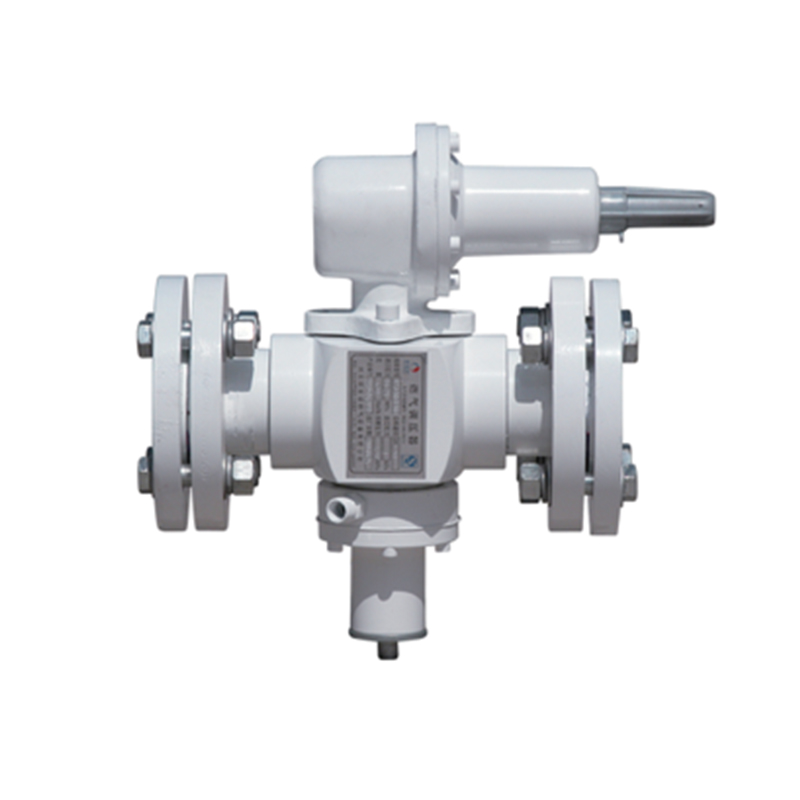
Sep . 07, 2024 08:56
Back to list
Pressure Reducing Valve - Ensure Optimal Pressure Control for Your Systems
Understanding Pressure Reducing Valves A Key Component in Fluid Systems
Pressure reducing valves (PRVs) are essential components in fluid control systems, serving a critical role in maintaining desired pressure levels throughout various applications. These devices are designed to reduce and regulate the pressure of fluid coming from a high-pressure source, ensuring that downstream equipment operates safely and efficiently.
First, it is important to understand the principle of operation of PRVs. Typically, these valves allow fluid to flow from a supply line at a higher pressure and reduce it to a preset, lower pressure. This process is vital in systems where excessive pressure can lead to operational issues, leaks, or even damage to equipment. For example, in domestic water supply systems, PRVs help to control water pressure entering homes, preventing pipe bursts and ensuring that fixtures receive adequate pressure without risking damage.
The construction of a pressure reducing valve generally includes a spring-loaded diaphragm that responds to downstream pressure changes. When the downstream pressure exceeds the set point, the diaphragm pushes against the spring, causing the valve to close partially, which restricts flow and reduces pressure. Conversely, if the downstream pressure drops below the set point, the spring mechanism opens the valve, allowing more fluid to flow through and restore the pressure. This automatic adjustment is crucial for maintaining operational stability in various applications, including irrigation systems, heating systems, and industrial processes.
pressure reducing valve

In addition to their primary function of pressure regulation, PRVs also provide several significant benefits. One major advantage is improved safety. By reducing the pressure entering equipment, PRVs minimize the risk of catastrophic failures due to overpressure scenarios. Moreover, they can enhance the lifespan of pipes and fittings by preventing undue stress caused by high pressure, leading to cost savings in maintenance and replacements.
Another critical benefit is the efficiency of the fluid system. By ensuring that the pressure levels remain consistent, PRVs help optimize the performance of pumps and other machinery. This can lead to energy savings, as systems operate more effectively when they are not burdened by excessive pressure fluctuations. Furthermore, PRVs can help reduce water wastage in various applications, such as irrigation, where maintaining the right pressure ensures that water is applied evenly and effectively.
Installation and maintenance of pressure reducing valves are crucial considerations for ensuring their longevity and performance. It is important to choose the right size and type of PRV for the specific application to achieve optimal performance. Regular inspection and maintenance can include checking for leaks, assessing the condition of the diaphragm, and ensuring that the pressure settings are accurate. By doing so, operators can ensure that the valve continues to function correctly and efficiently over time.
In conclusion, pressure reducing valves are vital components that play a significant role in numerous fluid control systems. By effectively managing pressure levels, they not only enhance safety and efficiency but also contribute to the overall effectiveness of various applications. As industries continue to prioritize safety and efficiency, the importance of pressure reducing valves will only grow, making them a critical focus for engineers and system designers alike. Understanding their function and benefits can help ensure the smooth operation of fluid systems across diverse sectors.
Latest news
-
Safety Valve Spring-Loaded Design Overpressure ProtectionNewsJul.25,2025
-
Precision Voltage Regulator AC5 Accuracy Grade PerformanceNewsJul.25,2025
-
Natural Gas Pressure Regulating Skid Industrial Pipeline ApplicationsNewsJul.25,2025
-
Natural Gas Filter Stainless Steel Mesh Element DesignNewsJul.25,2025
-
Gas Pressure Regulator Valve Direct-Acting Spring-Loaded DesignNewsJul.25,2025
-
Decompression Equipment Multi-Stage Heat Exchange System DesignNewsJul.25,2025

